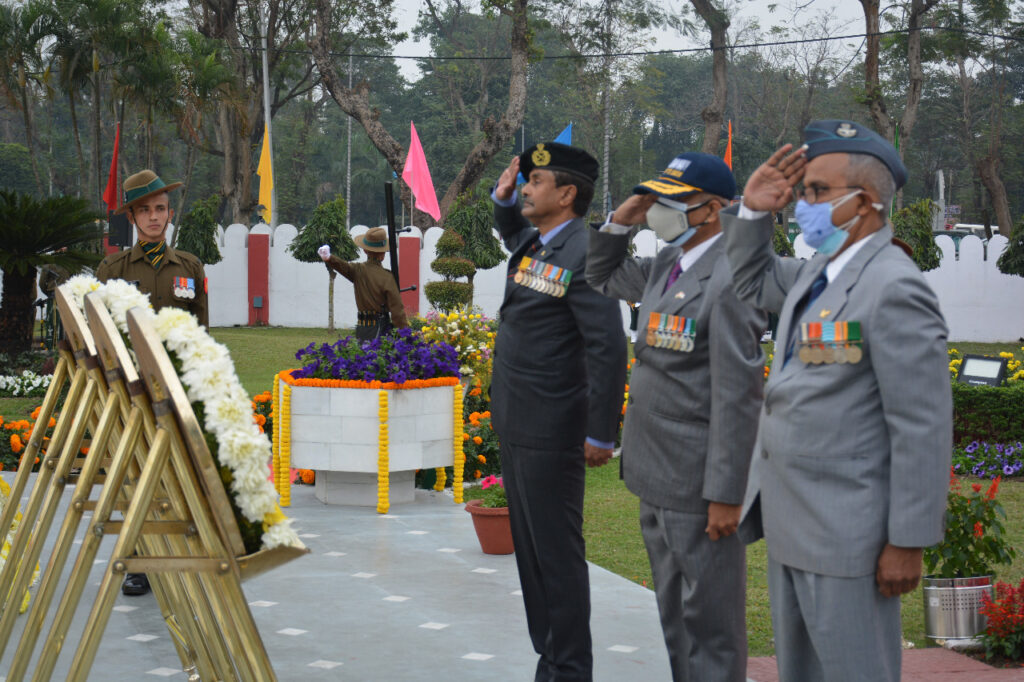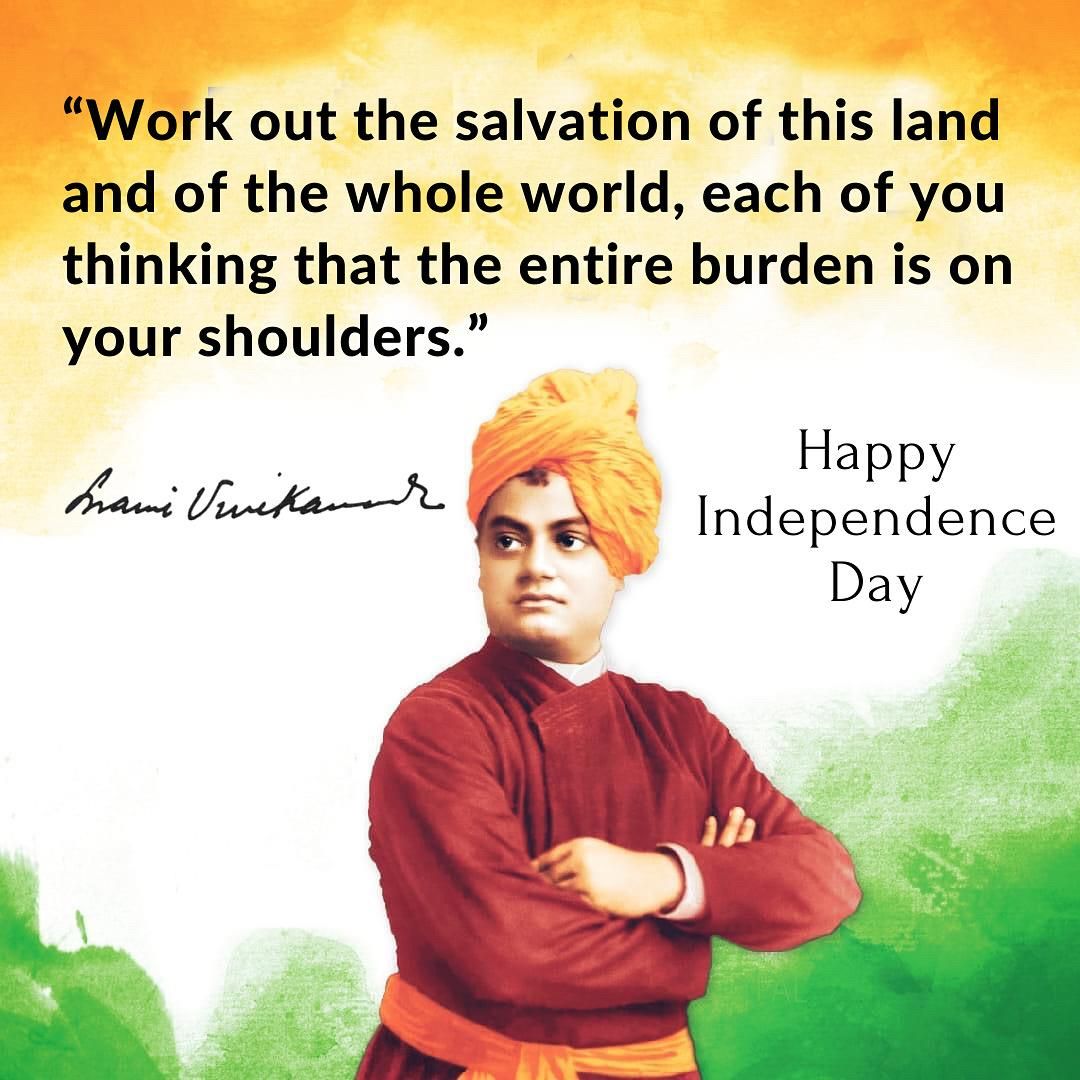
This article has been reproduced from ‘Asvini Calling 2023’, the annual publication of INHS Asvini, issued on the 72nd Anniversary of the Indian Navy’s premier hospital at Mumbai.
When ‘Asvini Calls’, we better heed the call lest we earn the wrath of our doctors. So, when I received a request to write a piece for ‘Asvini Calling’ from none other than Surg RAdm Vivek Hande, the Commanding Officer, it set me thinking. What does a layperson write in our premier hospital’s annual magazine? Then many thoughts started emerging from the subconscious; mostly about how we have perceived healthcare and medicine throughout our lives. Truly, a battery of confusing thoughts governs this understanding in a non-medical mind, shaped by how we grow up, what we read and the experiences we gain. With the advent of Google and Alexa in our households, this confusion has also witnessed an exponential increase. I now dread querying ChatGPT about what causes headaches because I may conclude that it has been caused by a degenerative disease that has rare genetic origins and only one in ten million people suffer from this rarest of rare condition”. To add insult to injury, an AI-based program prompts a pop-up “I hope you have written out your will.”
Rewind to my childhood days. We grew up at a time when living in joint families was still in vogue which in itself was a safety net. The elders were also the consultants on every aspect including curing of illnesses. There were so many people around that their collective wisdom was quite significant. Further, few households were extremely well off so prioritization of resources was inbuilt into the thinking of family elders. Nobody really cared if members suffered small ailments. Home remedies were the norm. There was nothing that a little turmeric, honey, curd-rice or cold milk could not cure. We just slept fevers out. Lime juice and curd-rice was the treatment for several stomach ailments. Spices and herbs were commonly prescribed for even more complicated conditions. There were not as many hospitals or doctors as there are today and hospitalization was a serious matter since it meant that the collective village wisdom had failed to find a remedy. Today, a minor condition can result in hospitalization, sometimes for reasons other than medical. Modern medicine and associated commercialisation of healthcare, insurance games and growing intolerance to discomfort does not give natural immunity or home remedies a chance. What a little turmeric and milk could cure could mean hospitalization and a fat medical bill in today’s world.
Then there was this wonderful fellow called the family doctor. Every family had a family doctor. This fellow was more like a family member and replaced our grannies and elders of the joint family when we slowly started turning nuclear. More often than not, this guy was a simple MBBS (we layfolk always knew that MBBS was anything but simple) and had answers for 99 percent of our illnesses with just a stethoscope and a good old mercury blood pressure monitor as his diagnostic support systems. In military parlance, he was our good old GDMO. As medical science developed with more deep research being conducted, family physicians gave way to specialists, super-specialists and super-super-specialists.
The best guys went into this specialization race and the family doctor became an endangered species and is now almost extinct. If I twist an ankle today, I have to be seen by an orthopaedic surgeon at the first instance itself; nobody less will do. A specialist knows a lot more about his chosen discipline. A super-specialist knows much more about a more focused part of his specialization. In this hierarchy of specialization, one learns more and more about less and less. The day may not be far when the best of them knows everything about nothing. Now, that would be true salvation.
Life expectancy in India, which was 32 years in 1947 has increased to over 70 in 2022. While there are several factors that have contributed to this increase, better diagnostics and improvements in medical and health sciences are the obviously primary ones. These have created new challenges and sometimes confusion for patients and their families. Diagnostics is money-spinning business and modern, complicated tests are frightfully expensive. Stories abound about the nexus between diagnostic centres and treating doctors that kills patients financially more than medically. On the flip side, better diagnostics enables better medical treatment, which in turn prolongs life. Earlier, ignorance may have been bliss as people passed on without knowing the existence of a life-threatening condition. Today, detection of a cancer, for example, results in ultra-painful courses of treatment which is akin to death by other means. In all this, the patient does not have the choice to choose death in preference to a painful living. Prolonging life is meaningful only if it prolongs good health. Human quest for immortality considers old age to be a disease that can be cured. That is the underlying theme of Yuval Noah Harari’s book ‘Homo Deus’ in which he suggests Homo Sapiens will start playing God and hence the new name for this future species. So, help us, God!
Indian traditional medicine also has a rich culture. Disciplines such as Ayurveda, Unani and Siddha have been practised for generations and there are known cases of their treatment curing complex illnesses. Even Homeopathy is popular. There are large sections of the population that repose great faith in these systems and the government has also set up a Ministry to encourage these disciplines. However, modern medicine is at war with these traditional systems and it is unlikely that the former will ever endorse the latter. Unfortunately for Indian traditional medicine, they have little research, documentation or scholarship to show that will be acceptable to protagonists of modern medicine. All international journals of modern medicine are research-based, scholarly and in the English language. Traditional forms of medicine, therefore, stand no chance in competition with modern medicine and must stand on their own. It is little wonder therefore, that a separate Ministry of AYUSH was set up when we already had a Ministry of Health and Family Welfare.
In the midst of all this, we have an overwhelming information overload, with every kind of detail available at the click of a mouse. This adds to the frustration, confusion and angst about keeping ourselves physically fit and mentally sane in a world that seeks instant solutions. Wellness is not a two-minute instant fix. It needs a holistic and spaced-out approach, embracing every form of healthy living, all systems of medicine and minimal external intervention. It is also time for family doctors to make a comeback and simplify matters for the larger good.








Sir, article is a thought-provoking reflection on the evolution of healthcare and medicine in India. It beautifully captures the shift from traditional remedies and the role of family doctors to the complexities of modern medical specialization and diagnostic challenges. It highlights the need for a holistic approach to wellness in the age of information overload. A captivating and insightful read that resonates with changing healthcare dynamics in India.
Was wondering why you’ve called the article what you have, till I read the last para sir. Have great respect for doctors, specially the ‘family doctors’ variety who possess amazing diagnostic skills and are the true professionals. The rest, like in many other professions are now gradually becoming dependent on gadgets. Very well written sir.
Very well written Sir .. in my village in Kerala even today the traditional therapies are the norm unless there are some serious ailments.
Very well written.
Family physician was like a family member who was trusted &and respected despite being a simple MBBS. They could do diagnosis, which is very much lacking now despite several expensive and invasive tests.
Felt nostalgic being a member of a medical family.
A good stroll down the memory lane……in the era of Google Amma.
Relating to most of your observations since my father was an Army Surgeon, as you are aware, I must share an incident during our NDA days. While on a term break one NDA senior requested to consult dad for a knee pain developed during the rigorous training regime. Knowing dad & his fiery professionalism I was wary but appointment was granted. So my 6th termer senior comes home & dad asks him to do 5 push ups & 5 standing jumps which he does with utmost ease since we all are in peak physical condition at NDA.
‘See there ! nothing is the matter with your knees, all is well, if slight pain, you better live with it’ my dad’s resounding remarks. I still laugh when visualising the bewildered look of my senior.
Certainly sets one to reflect and introspect sir.
I can relate to the modes of treatment described by you in Indian villages. In my hometown – Hathras, there was another method to take care of minor ailments of the community. Here every family either sponsored or had perfected making at home one Desi medicine that was freely distributed to the community for common ailments like healing wounds, fever, bone-setting or even dog-bite etc. Similarly for animals too. This way within the community, common medicines were available free of cost to all. Bigger business houses sometimes funded the additional cost out of their ‘Dharam Khata’, wherein a part of the profits was kept separately for such welfare activities!
Thanks for sharing the musings.
This is a must read Article for all and no confusion about that.: ) Just yesterday I was thinking of the family doctor system which worked just great for most . You have been very concise putting this blog post together.
Way before as a young Navy wife I would go to the family clinic in nofra and get myself checked. Mostly a lady doctor would be slotted this post and she would do the basics which assured me all was well with me or my baby . I missed that for years afterwards when I had to go to the command hospital.
Sir,
Well encapsulated. In the day and age when Dr Google identifies your ailments based on the symptoms, self help medication using allopathic medicines is on the rise, which could be dangerous. More alternative medical practices like Sujok, Naturopathy and Osteopathy should be given a decent chance to survive and need of the hour is for all these practices to live like a joint Indian family than as estranged brothers.